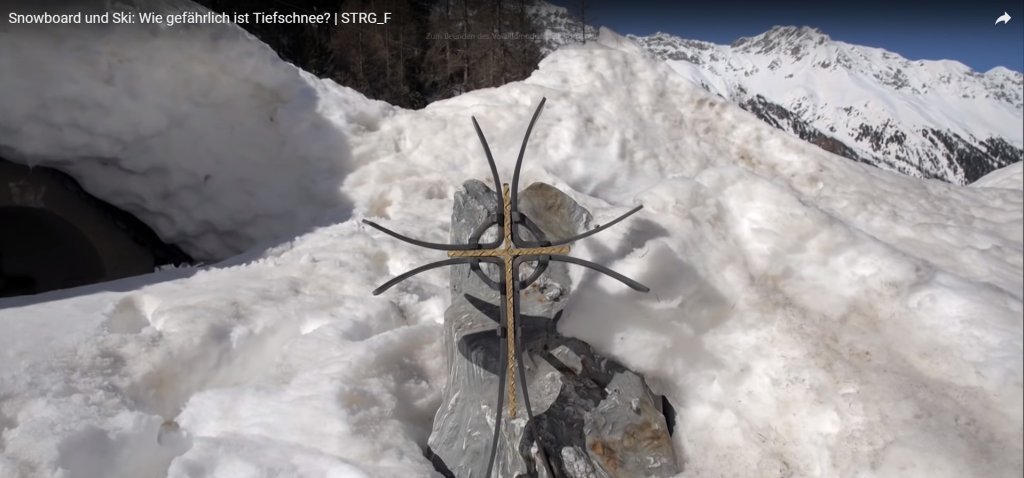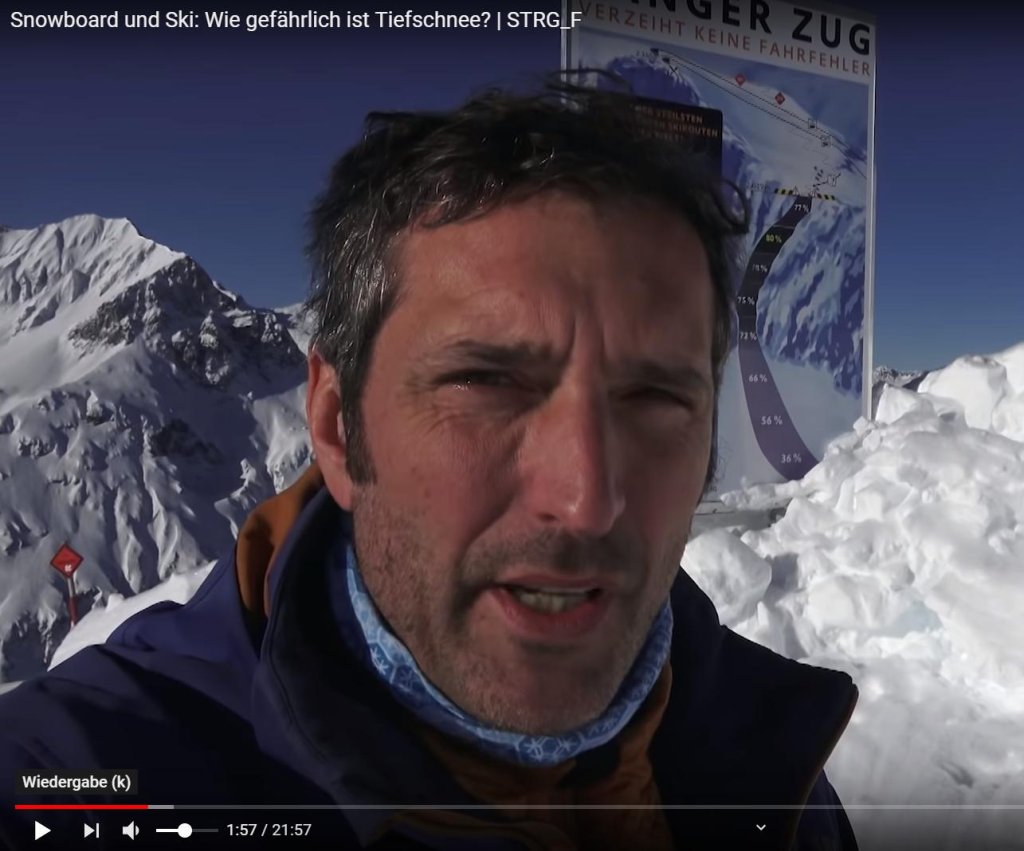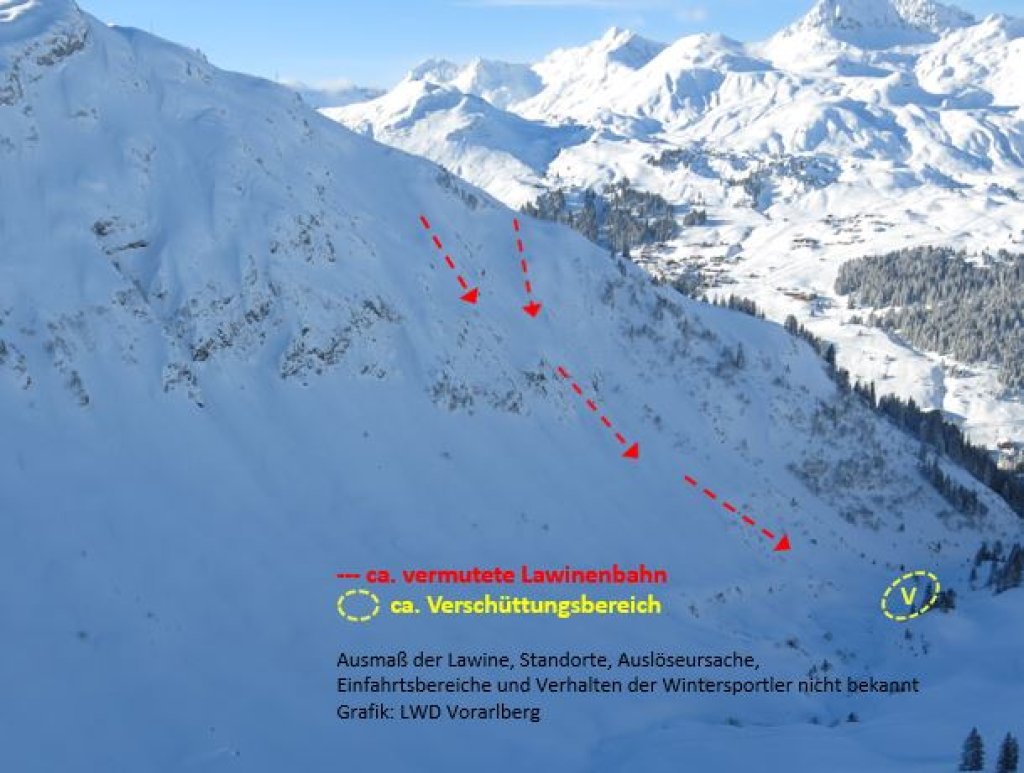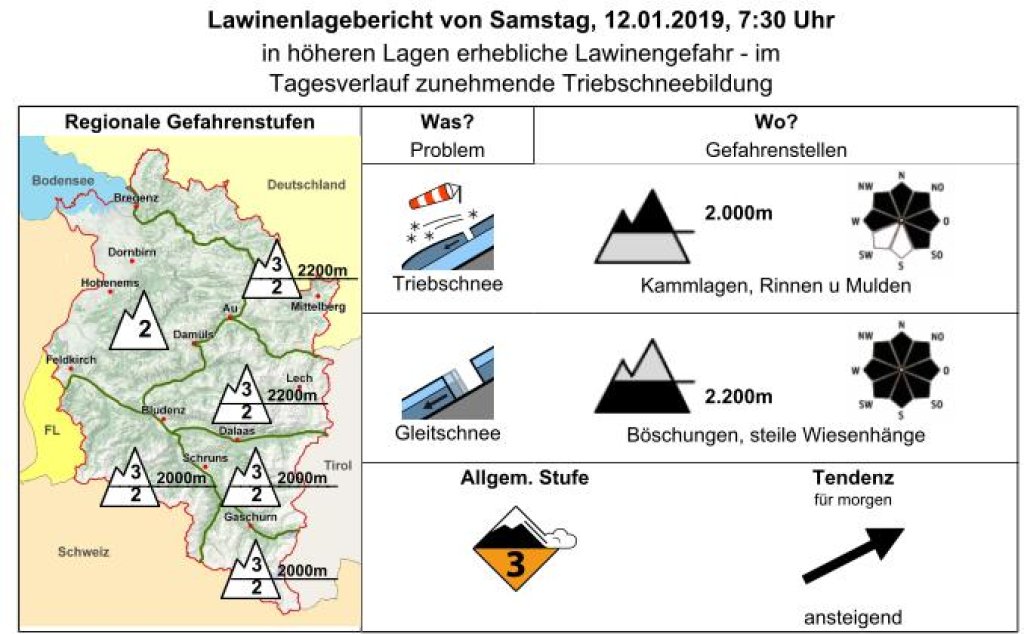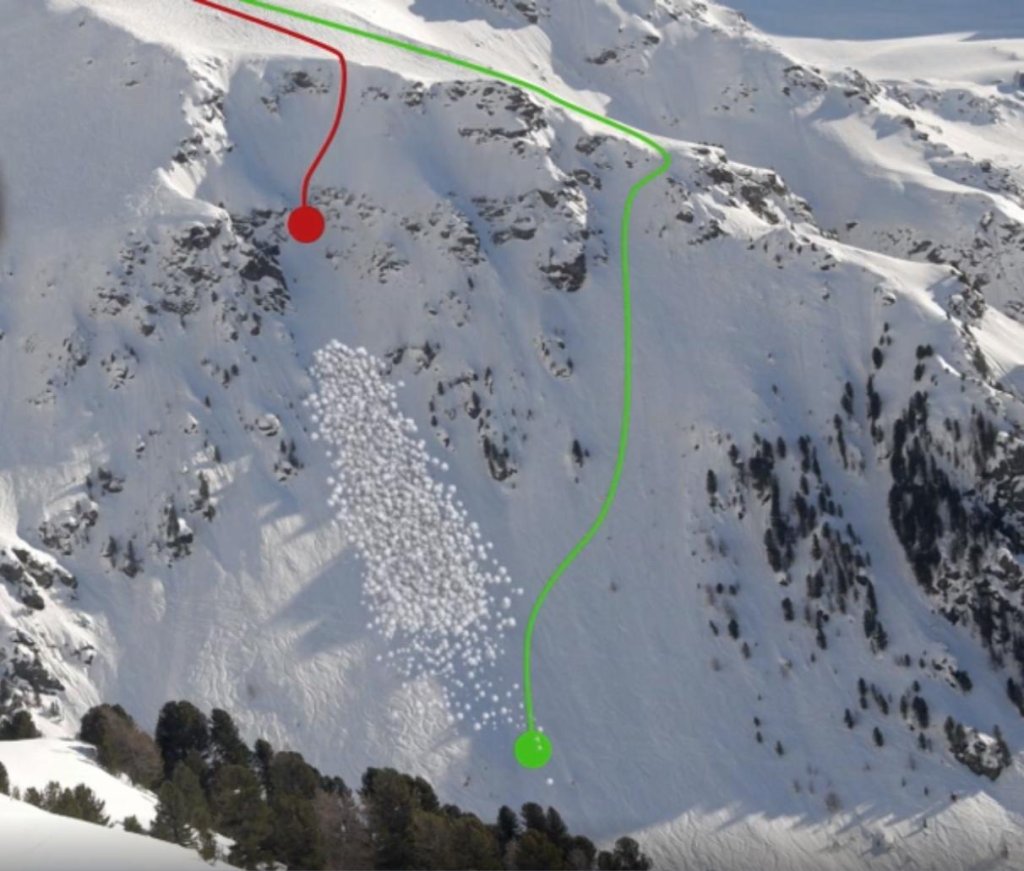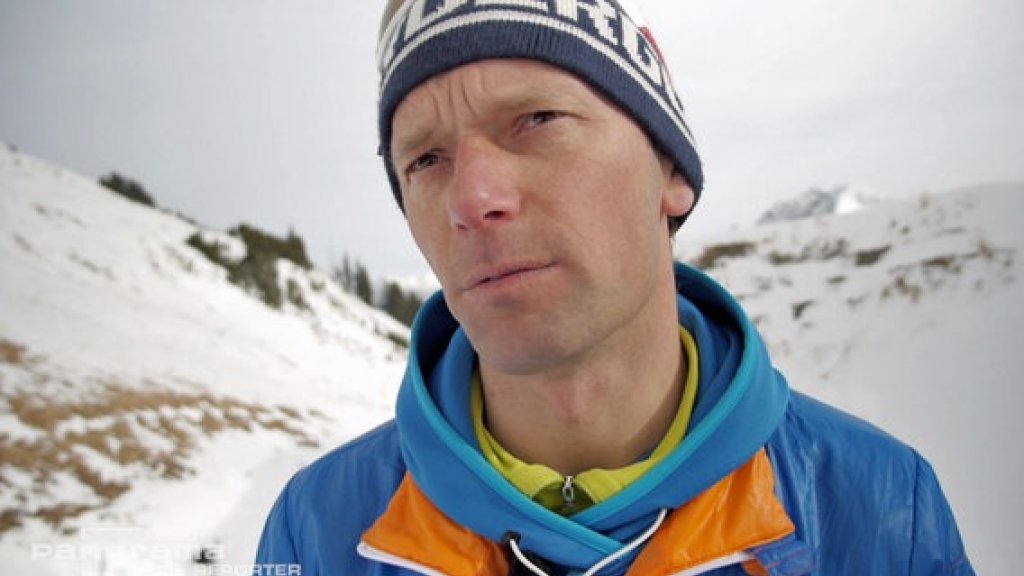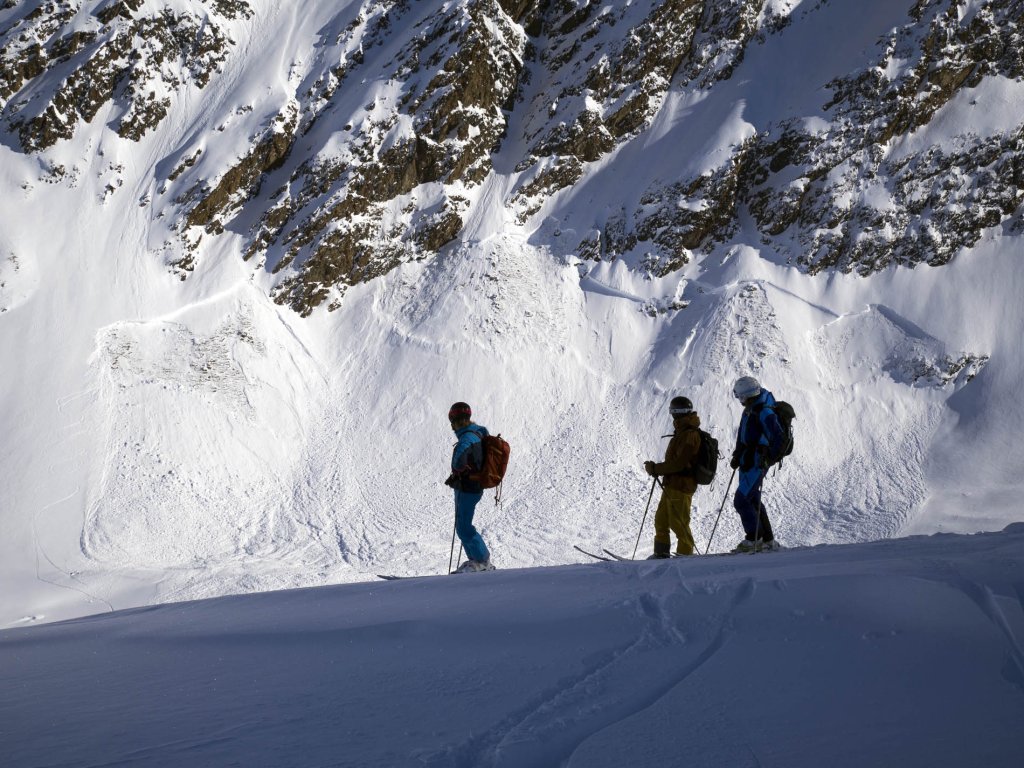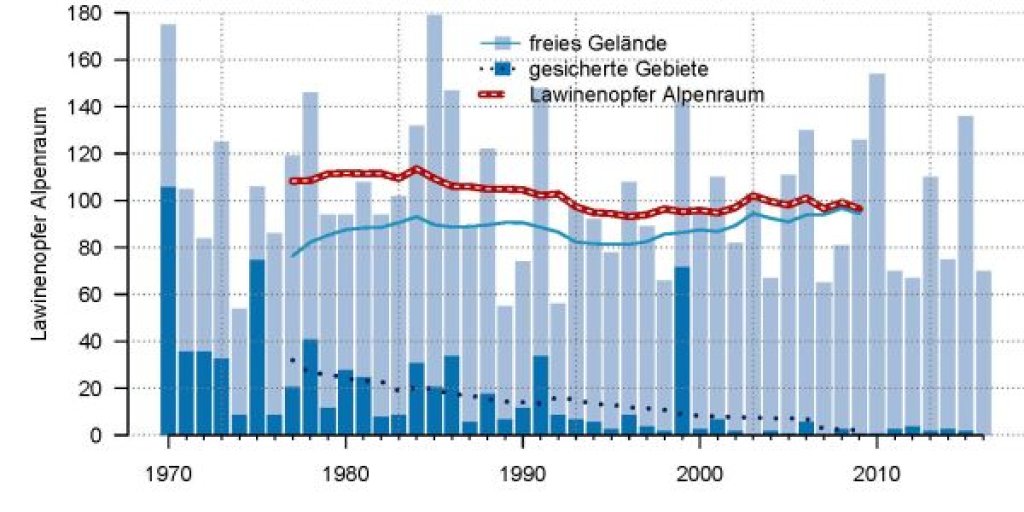Henning Rütten, my first impression after a few sentences on the question of why this documentary was filmed, reminds me of Markus Lanz. Trying to be serious, but without a deeper understanding. Meaningful sentences that lack any accuracy in terms of content.
The density of false statements is so high that the daily excesses of the current American president inevitably come to mind. With this in mind, I am taking over the fact-checking here on behalf of the New York Times or the Washington Post, so to speak.
But first things first.
"Why do so many underestimate the danger?" is the central question in the opening trailer. The underlying thesis: most or all people who die in avalanches underestimate the risk or are unaware of it, i.e. they are laypeople. This is wrong. The level of training of people in open terrain is increasing and the pure death figures say nothing about people's abilities, even if BILD or KRONE portray it differently every day.
Rütten, who is introduced by his interviewer as an "expert on deep snow", outlines the aim of his documentary as follows. In an earlier documentary - we will come back to this later - he investigated deaths caused by avalanche accidents, and now (January) "because the snow conditions were so extreme in Austria" and wanted to see "what has changed in recent years and how people deal with it today, whether awareness has changed."
He therefore states: Back then, people were reckless and underestimated the danger. And asks: What does it look like today, has there been a change in awareness? Has it gotten better or worse?"
With this initial statement, Rütten is already on a factual level with the major tabloid newspapers. Namely one that does not exist. The thesis is wrong in terms of content and the question derived from it therefore makes no sense.
The long-term trend in avalanche deaths is more or less staying the same or slightly decreasing despite an enormous increase in the number of skiers. There are a number of reasons for this, including the better training of winter sports enthusiasts, who are therefore more adapted to winter terrain.
